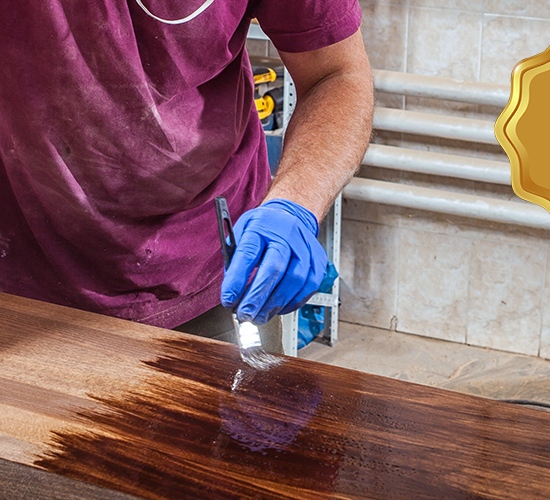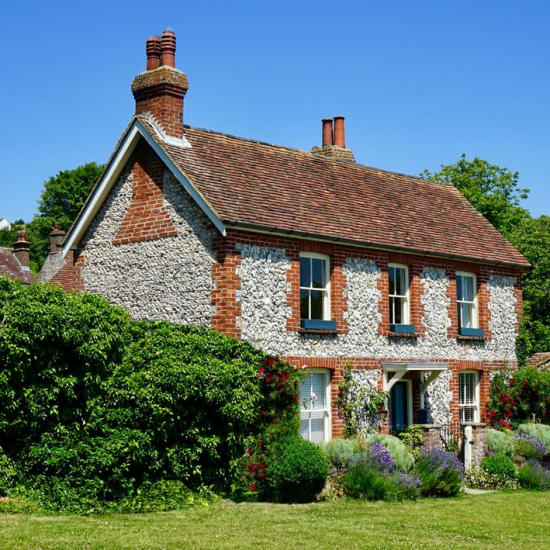Fuel prices have skyrocketed. Electric prices are buoyant and capricious. And it is difficult to disregard the market and economic ambiguity in the big oil-producing countries. As these prices increases, you may be searching for ways to make your home as energy-efficient as possible without spending a fortune.
But despite all these costs rise, energy efficient is more than just a word. It is a lifestyle for the majority of homeowners who embody sustainable living. Whether you are renovating or building your home, there are a lot of things that you can do to make your home more energy-efficient.
For a little help, listed below are some of the best yet affordable projects that real estate professionals recommend will boost your home’s comfort, cut down your energy bills, lessen your home’s carbon footprint, and raise the value of your home. Check them out!
Tankless Water Heater
Also known as demand-type water heaters, tankless water heaters let homeowners slash at least 20% off of their water bill. It lasts 5 to 10 years longer than contemporary water heaters. Plus, tankless water heaters or demand-type water heaters never lose out of hot water.
Additionally, you can even get a federal tax rebate if you buy one. You can find a wide variety of tankless water heater in any online store like GStore.
Insulation
Installing insulation can certainly help you keep your home much more comfortable throughout the year. It serves as a barricade to heat gain and heat loss, most especially in ceilings and roofs, walls and floors.
Adding insulation is one of the most cost-effective and economical ways to make a home more energy efficient. It will keep your summer cooler and your winter warmer. It also helps in saving at least 80 percent in cooling and heating losses. Additionally, insulation can minimize condensation in the home. It is also great for your health since it lessens damp and molds.
There are two types of insulation, the reflective and bulk. To know what type of insulation is right for your home, inquire to an experienced builder or installer. But it will also depend on where you live, the climate, and if you prefer keeping heat out, in, or both.
LED Lighting
Whatever changes you are planning to do to your home, be sure that you have the most energy-efficient lighting. LEDs or light-emitting diodes are the most popular energy efficient light bulb available in the market. It made noteworthy advancements and improvements throughout the years.
LED lights are available in different colors, degrees of brightness, and color temperatures (from warm white to cool white). Plus they can fit nearly all light fittings. Make sure to buy high-quality LEDs because they last longer, are more sturdy and durable, and provide better light quality than other kinds of lighting.
A Smart Thermostat
A smart, programmable thermostat can help you save up to $100 annually in electric bills by avoiding unnecessary cooling or heating while you are not currently at home or sleeping. It regulates half the expense of your energy bill, more than your electronics or appliances.
With a programmable thermostat, you will certainly make your home a total comfort. All you have to do is to set a schedule for cooling and heating settings every day. As such, you can save a lot on the cooling and heating costs by controlling the temperature throughout the day.
Energy-efficient Windows

Windows give homes the benefit of warmth, light, and ventilation. However, they can also be inefficient. But you can minimize your energy bills by installing energy-saving windows in your home. If you are financially incapable of installing energy-efficient windows, you can opt to make some energy efficiency modifications on your existing windows.
Energy efficiency improvements include adding storm windows, utilizing window coverings or treatments, weatherstripping, and caulking. As such, you can still make your home energy-efficient without breaking the bank.
But, if your house has very old windows, it might be wiser to replace them than trying to upgrade their energy efficiency. Installing new energy efficient windows will, in the long run, pay for themselves by reducing cooling and lower costs and even your lighting costs. Just make sure to choose and install the ones that will truly help cut down these costs.
Takeaway
Not only does energy costs are a costly necessity but they also have negative impacts on the environment. Making the weather more unstable and buoyant, and putting our lives at risk. With that said, consider ditching all energy-suckers in your home and go for energy-efficient ones.
Home upgrades such as a tankless water heater, insulation, LED lighting, a smart thermostat, and energy-efficient windows can help you make your home more energy-efficient.







